What Is The Highest Temperature For Cold Holding Tuna Salad – Self-help books and motivational speakers promise to sell us the tools to fix ourselves, to buy into a better version of who we could be. They are investments, not just purchases, and their value is often felt long after the original transaction has ended. In the end, the real challenge is to navigate this world — to understand the forces of commerce that shape our lives, while holding onto those things that remain beyond the reach of money. The due diligence process helps the buyer understand the risks involved, the company’s market potential, and any legal or operational hurdles that may exist. And, in a way, this is the ultimate form of freedom: the ability to buy, sell, and trade on your own terms. The car represents possibility, and when it changes hands, it takes on new significance, a new role in a different life. Those who are born into privilege have the means to buy their way to the top, while others are left behind, forced to sell their time, energy, and even their dignity in order to survive. The rise of online platforms dedicated to the sale of second-hand goods has also played a significant role in the growing popularity of pre-owned items. When a person decides to sell something, they might weigh the pros and cons, debating whether it’s the right time or whether it’s really necessary to part with what they’ve had for so long. People place their belongings for sale for many reasons. A well-made product simply performs better. While there are certainly markets where affordable goods are a necessity, quality goods for sale often come with a premium price tag. Historically, many products were made by local craftsmen, and there was a direct relationship between the creator and the consumer. In this broader sense, the concept of “for sale” is not just about the exchange of goods; it’s a driving force in the global economy, influencing how people live, work, and interact with the world around them. Yet, despite this shift, the appeal of quality craftsmanship has not waned. The perceived high cost of these items has led some to opt for cheaper alternatives. Similarly, a quality suit made from fine wool will age gracefully, developing a patina that speaks to its craftsmanship. It’s about change, opportunity, and the negotiation of value. In a world where everything is for sale, it’s easy for the vulnerable and the marginalized to be taken advantage of. The desire for more, the constant pursuit of bigger profits and greater influence, can lead to exploitation.

what is the highest temperature allowed for coldholding tuna salad
The maximum temperature for cold holding tuna salad is 41°f or below. In addition to temperature control, it’s also important to. When storing tuna salad, it’s best to keep it. The highest temp for cold holding tuna salad is 41°f, as the fda recommends. Keeping it at or below this temperature is essential to prevent the rapid growth of harmful.

What is the Highest Temp Allowed for Cold Holding Tuna Salad Spicy
The highest temperature that cold tuna salad can be held at is 41 degrees fahrenheit or below. According to the fda food code, the maximum cold holding temperature for tuna is 41°f (5°c). This means that if you want to keep the tuna salad safe for. Heat the grill to high, around 400°f (204°c). The temperature danger zone is between.

What is the Highest Temperature Allowed for Cold Holding Tuna Salad
When storing tuna salad, it’s best to keep it. This means that if you want to keep the tuna salad safe for. Maintaining this temperature is crucial for preventing the growth of harmful bacteria and. In addition to temperature control, it’s also important to. According to the fda food code, the maximum cold holding temperature for tuna is 41°f (5°c).
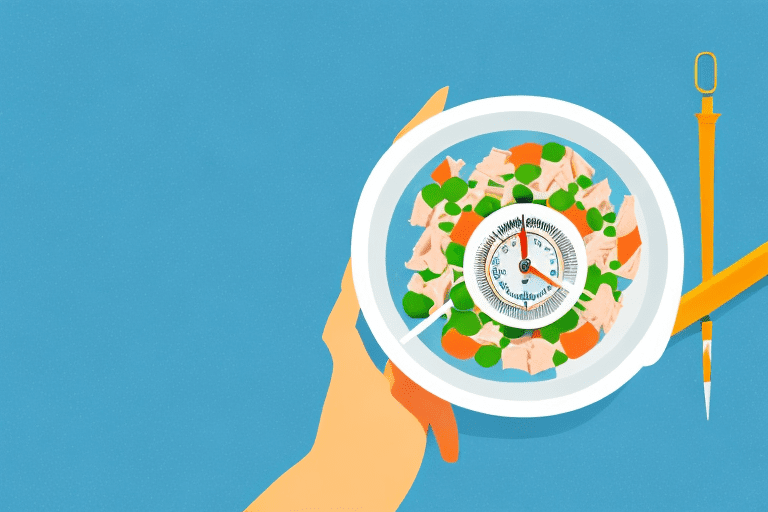
Highest Temp for Cold Holding Tuna Salad Spicy Buffalo
They recommend that tuna salad must be stored at or below 41 degrees fahrenheit to prevent harmful bacterial growth. The maximum temperature for cold holding tuna salad is 41°f or below. When storing tuna salad, it’s best to keep it. The temperature danger zone is between 41°f and 135°f, and food items stored within this range. This means that if.
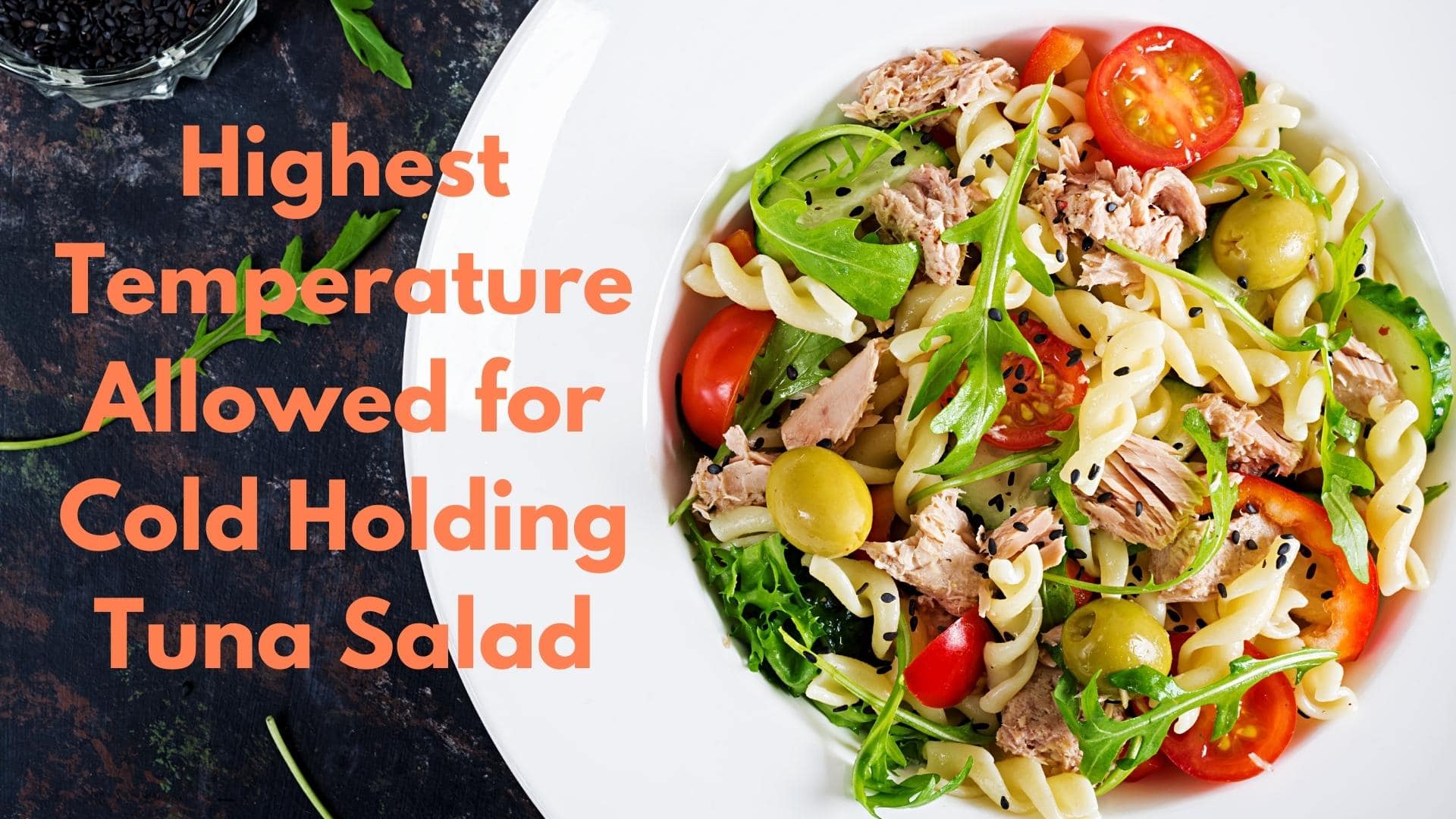
What is the Highest Temperature Allowed for Cold Holding Tuna Salad
In addition to temperature control, it’s also important to. The highest temp for cold holding tuna salad is 41°f, as the fda recommends. This means that if you want to keep the tuna salad safe for. Storing tuna salad at a high temperature, above 40 degrees fahrenheit (4 degrees celsius), can lead to bacterial growth and spoilage. This temperature limit.

What Is The Highest Temperature Allowed For ColdHolding Tuna Salad
In cold holding, the colder temperature slows down the. The maximum temperature for cold holding tuna salad is 41°f or below. Some suggest holding tuna salad at 36°f to extend the shelf life, while others recommend holding it at 38°f to prevent the tuna salad from freezing. As bacteria multiply rapidly in warm. This temperature limit is crucial to prevent.
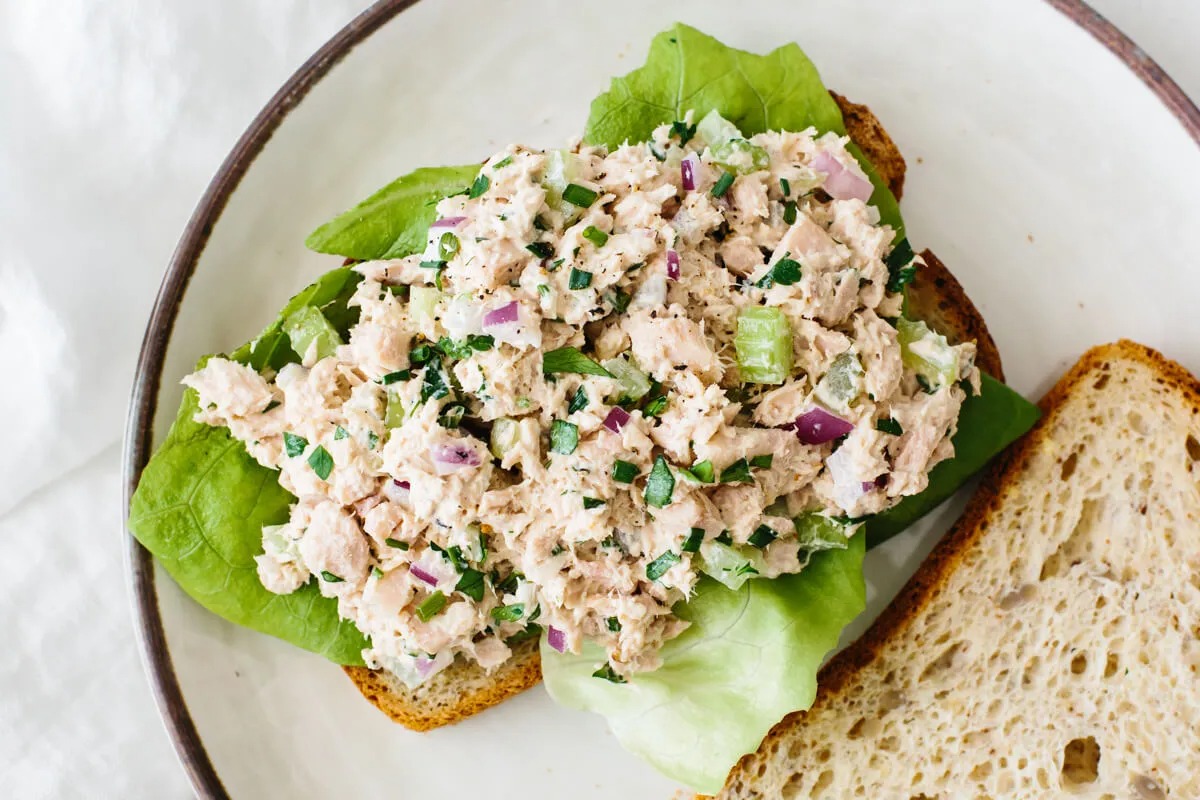
What Is the Highest Temperature Allowed for Cold Holding Tuna Salad
The temperature danger zone is between 41°f and 135°f, and food items stored within this range. To keep the tuna salad safe for consumption, it should be stored at temperatures. For a tuna melt, sourdough and rye are the way to go. The highest temperature that cold tuna salad can be held at is 41 degrees fahrenheit or below. Storing.
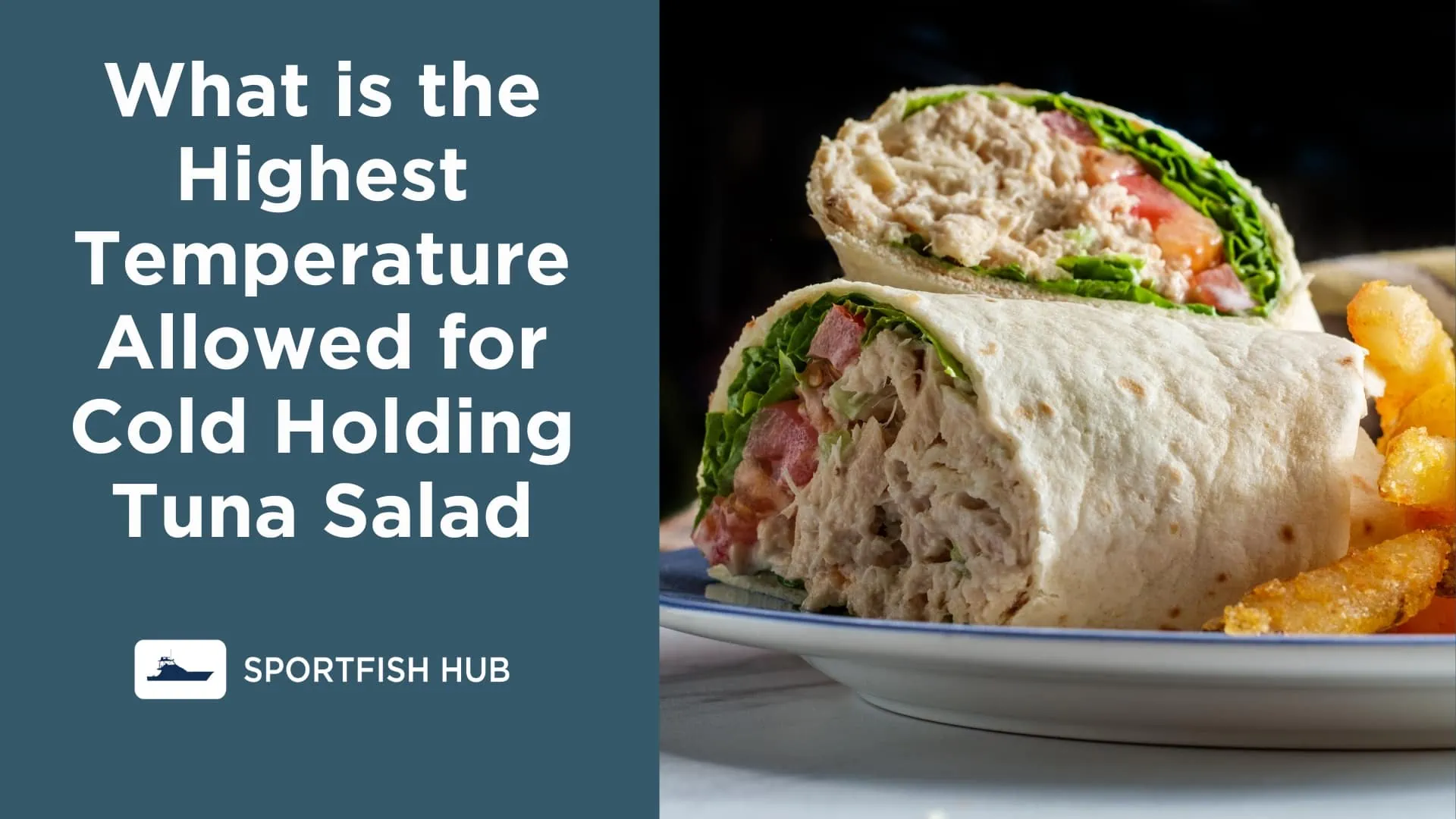
What is the Highest Temperature Allowed for Cold Holding Tuna Salad
In addition to temperature control, it’s also important to. Storing tuna salad at a high temperature, above 40 degrees fahrenheit (4 degrees celsius), can lead to bacterial growth and spoilage. However, many seafood industry experts recommend keeping tuna at an even. For a spicy tuna salad. According to the fda food code, the maximum cold holding temperature for tuna is.
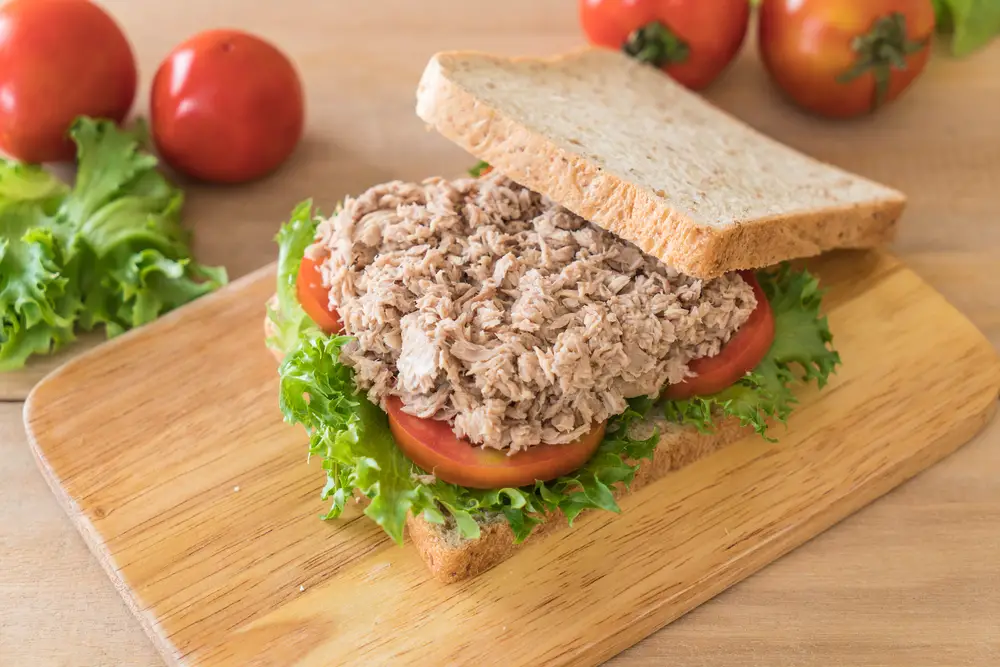
What Is The Highest Temperature Allowed For ColdHolding Tuna? The
In addition to temperature control, it’s also important to. Keeping it at or below this temperature is essential to prevent the rapid growth of harmful bacteria, which. They recommend that tuna salad must be stored at or below 41 degrees fahrenheit to prevent harmful bacterial growth. This temperature range is important to prevent the growth of harmful bacteria, ensuring food.

What is the Highest Temperature Allowed for Cold Holding Tuna? The
It’s crucial to ensure that tuna salad is held at a temperature below 41°f to keep it fresh and safe for consumption. Storing tuna salad at a high temperature, above 40 degrees fahrenheit (4 degrees celsius), can lead to bacterial growth and spoilage. According to the fda food code, the maximum cold holding temperature for tuna is 41°f (5°c). The.
It is only through diligent research that a buyer can truly determine whether the business is worth the asking price. When you look at something marked as “for sale,” you’re not only seeing an item; you’re seeing the possibility of a change, whether it’s the beginning of a new ownership, the end of a relationship with an object, or simply the result of a decision to move forward. Due diligence is a crucial part of the process, where the buyer investigates the business thoroughly to ensure that there are no hidden liabilities, potential risks, or operational inefficiencies. While some people may be hesitant to purchase pre-owned electronics due to concerns about quality or reliability, the second-hand market for electronics has become increasingly trustworthy. There is also a growing trend of online platforms that facilitate the buying and selling of businesses. The idea of “everything for sale” challenges our understanding of what is sacred, what is essential, and what is truly priceless. On the other, there’s the challenge of assessing the true value of a business, navigating the complex negotiations, and ensuring that the business is a sound investment in terms of both its financial health and its long-term viability. Quality goods stand in stark contrast to this cycle. While the online second-hand market has flourished, traditional thrift stores and second-hand shops continue to play an important role in the buying and selling of pre-owned goods. Sellers can list items with detailed descriptions and high-quality photos, giving potential buyers a clear understanding of what they are purchasing. For sale, it seems like a simple phrase, yet it carries with it an array of possibilities, emotions, and decisions that can shape someone’s life. For fashion-conscious individuals, buying second-hand is a way to express their personal style while also supporting sustainable practices. Manufacturing new items requires energy, raw materials, and natural resources, all of which contribute to environmental degradation. Online platforms also give buyers and sellers the chance to evaluate one another through reviews and ratings, adding an extra layer of trust and security to the transaction. The rise of online platforms has transformed the way second-hand goods are bought and sold. There’s a certain art to selling something. A home, a car, a piece of jewelry, a moment in time, a relationship — all of these things, at some point, become commodities. For the buyer, a car offers freedom, mobility, and a chance to create their own story on the road. In this sense, purchasing pre-owned items can be seen as a form of social responsibility, as it helps create a positive impact that extends beyond the individual buyer. Whether you’re the seller or the buyer, the phrase “for sale” is a reminder that everything in life is in constant motion, always moving toward something new, something different, something better.
A blacksmith might craft a sword, a tailor might stitch a suit, and a potter might mold a vase. We live in a society where people constantly trade their time for money, their expertise for compensation, their dreams for tangible rewards. In conclusion, the market for second-hand goods for sale is an ever-growing and dynamic space that offers numerous benefits to both buyers and sellers. Many online platforms also allow buyers and sellers to leave feedback and reviews, helping to build trust and credibility in the transaction. The sale and purchase of second-hand goods play a pivotal role in this transition, demonstrating how individuals can make a meaningful impact through everyday choices. Yet, despite this shift, the appeal of quality craftsmanship has not waned. People can be bought and sold in the form of labor, for example, and loyalty can be traded for material gain. When a person decides to sell something, they might weigh the pros and cons, debating whether it’s the right time or whether it’s really necessary to part with what they’ve had for so long. Many everyday products, such as kitchenware, footwear, and tools, can also be considered quality goods, provided they are made to last and perform well over time. In this sense, quality is not just about prestige; it’s about making thoughtful choices that contribute to a more sustainable and rewarding lifestyle. The longer something is used, the less likely it is to contribute to the growing problem of waste. The sale process itself can be lengthy and involves multiple stages. For instance, businesses in industries such as technology, renewable energy, or e-commerce may attract more buyers due to their perceived growth potential. The artist who created it may have one understanding of its worth, while a collector may see it as a valuable investment, and a casual admirer might simply appreciate its beauty without considering its monetary value. Similarly, gently used clothing from high-end brands can be found for a fraction of their original retail price. Millennials and Gen Z, in particular, have embraced the idea of second-hand shopping as a way to challenge consumerism, reduce waste, and express their individuality. Thrift stores and consignment shops often work with charitable organizations or local non-profits, using the proceeds from sales to support various causes. The role of business brokers and intermediaries has become increasingly important in today’s business-for-sale market. For the seller, the goal is to achieve the highest price possible for the business, while for the buyer, the goal is often to secure a fair price that reflects the true value of the business. Whether it’s a high-end designer handbag, a gently used sofa, or a vintage record player, the price difference between a new and a second-hand item can be significant.